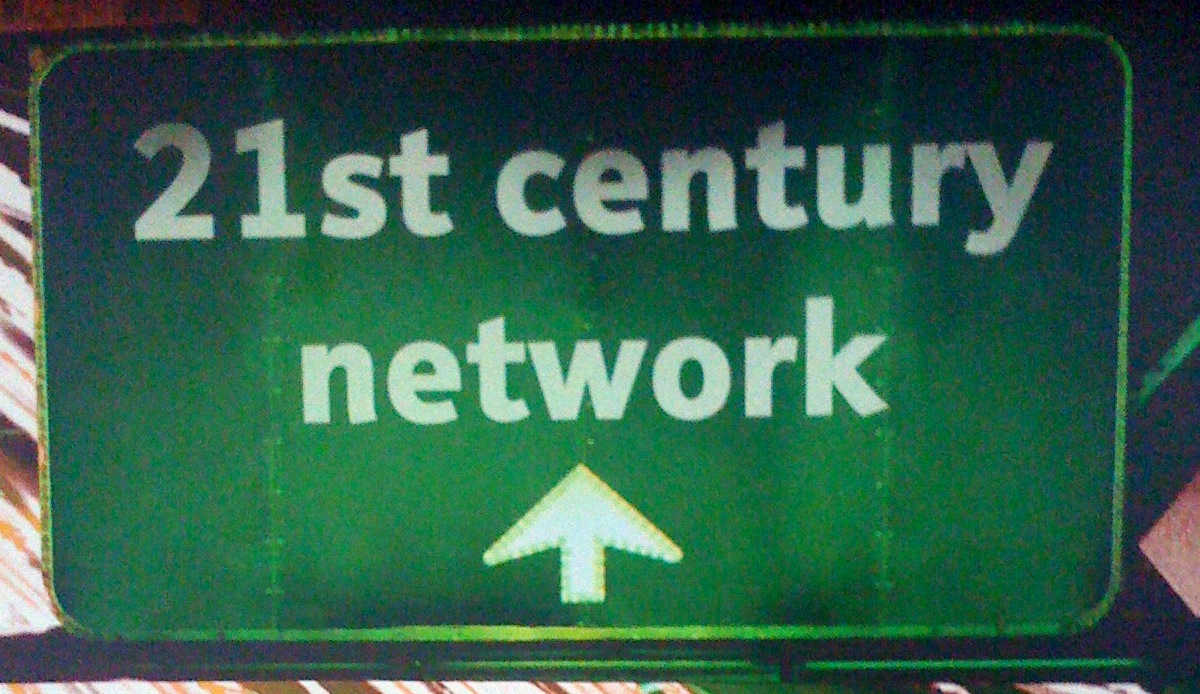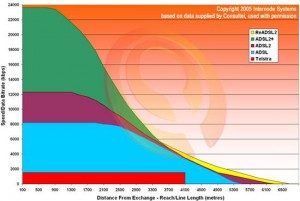The latest most up-to-the-moment skinny on BT’s plans for rolling out Wholesale Broadband Connect (WBC), the company’s ADSL2+ product.
Just had an email from BT Wholesale announcing the intention to “significantly extend the availability of Wholesale Broadband Connect – copper to around 90 per cent of UK premises during Spring 2013. This means an additional 2.5 million premises will have access to up to 20Mb/s broadband (ADSL2+). The expansion of the rollout plan is set to bring the total number of UK homes and businesses with such access to roughly 22.5 million. “
The current WBC enabled exchanges serve more than 17.6 million premises. The up to 90% rollout plan is set to include more than 400 additional ‘rural’ exchanges, serving more than 900,000 ‘rural’ premises.
“As BT Wholesale expands the footprint for advanced copper broadband, as previously advised, it will gradually withdraw its legacy broadband products. For example, IPstream, which offers speeds of up to 8Mb/s will be retired within the advanced copper broadband footprint by Spring 2014, as more and more customers are migrated onto more advanced services.”
I’ve cut and pasted some more detail below in the form of questions. BT has of course a business to run and the process of extending ADSL2+ to more exchanges is part of this. We shouldn’t forget that the ultimate goal should be to get fibre to every premises in the UK which in the short term does not necessarily stack up with the BT commercial proposition.
Q. Is your legacy broadband retirement plan connected to this ~90% rollout intention?
A. They are not directly linked but do complement each other. We are looking to withdraw legacy broadband services in line with falling demand whereas our next generation broadband services will roll out wherever it is commercially viable. This extension to the rollout plan means that many more end users should be able to get next generation broadband services as traditional broadband services are retired.
Q.So what’s the latest position on BT Wholesale’s WBC advanced copper rollout plan?
A. This table outlines our current plans*:
| Exchanges in WBC footprint | Homes & businesses served from WBC- enabled exchanges | UKpenetration | |
| Enabled today (July 2011) | 1,336 | 17.6m | ~70% |
| “Up to 80%” announcement | 1,804 | 20m | ~80% |
| “Up to 90%” announcement | 2,604 | 22.5m | ~90% |
* May be subject to change
Q. How many Market 1 exchanges have been enabled to date and how many lines do they serve?
A. This table outlines the Market 1 position*:
| Exchanges in Market 1 footprint | Homes & businesses served from WBC- enabled exchanges | Market 1 penetration(nb Market 1 comprises 11.7% of UK lines) | |
| Enabled today (July 11) | 11 | 54.5k | 1.88% |
| “Up to 80%” | 137 | 380k | 12.82% |
| “Up to 90%” | 539 | 1.32m | 44.44% |
* May be subject to change


